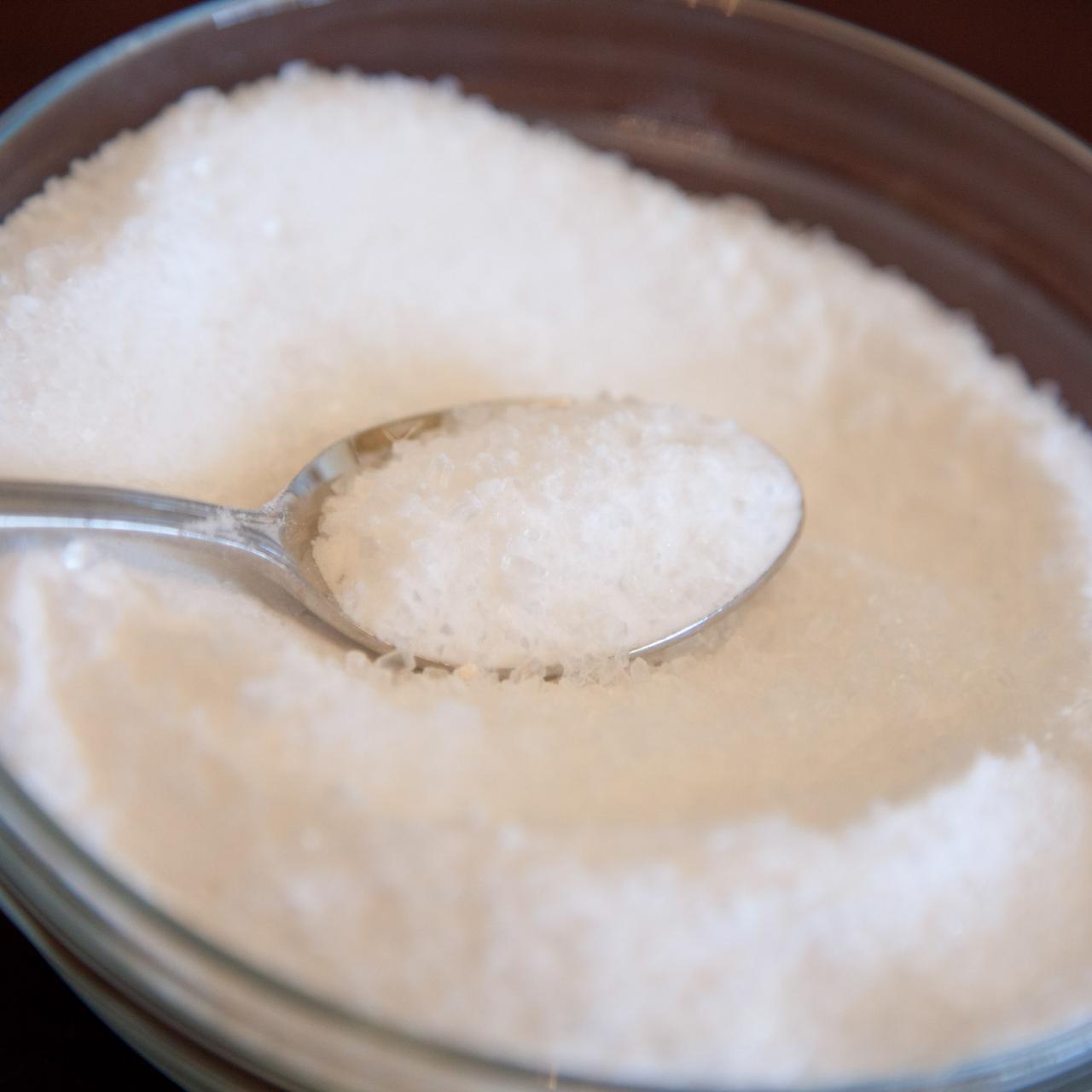Explore Why Some Plants Decline Epsom Salt as a Nutrient Resource
In the complex globe of plant nutrition, the being rejected of Epsom salt as a sensible nutrient resource by some plants positions an intriguing quandary. The reasons behind this discerning actions delve into an intricate interaction of plant absorption devices, the unique chemical structure of Epsom salt, and plant-specific nutrient choices.
Plant Absorption Mechanisms
In diving right into the complex world of plant absorption devices, it becomes apparent that the process is regulated by an advanced interaction of molecular paths and physical characteristics. Plants soak up nutrients primarily through their roots, using numerous transportation systems to uptake vital elements such as nitrogen, phosphorus, potassium, and magnesium. Magnesium, a vital component in chlorophyll synthesis and enzyme activation, plays an important function in plant growth and development.
The absorption of magnesium involves several steps, beginning with its schedule in the soil remedy. As soon as liquified, magnesium ions are occupied by plant origins via details transport healthy proteins embedded in the cell membranes. These healthy proteins help with the motion of magnesium across the root cell walls and right into the plant's vascular system, where it is then distributed to various cells to sustain various physiological features.
Comprehending the complex mechanisms behind magnesium absorption in plants sheds light on just how this essential nutrient contributes to overall plant wellness and performance. By maximizing magnesium uptake paths, growers can boost plant yields and top quality, emphasizing the significance of understanding plant absorption dynamics for lasting agriculture methods.
Epsom Salt Chemical Structure
The chemical framework of Epsom salt, additionally recognized as magnesium sulfate heptahydrate, exposes a distinct arrangement of elements that add to its distinct properties and applications. The seven water molecules are loosely adhered to the magnesium sulfate compound, permitting it to dissolve quickly in water and be easily taken up by plants with their origins.
The crystal framework of Epsom salt forms monoclinic prisms, which are extended crystals with parallel ends. This crystal shape affects the physical residential properties of Epsom salt, such as its appearance and solubility. Comprehending the chemical framework of Epsom salt is vital for understanding its actions as a nutrient resource and its communications with plants in gardening and agricultural practices.
Plant-Specific Nutrient Preferences
Plants show distinctive preferences for specific nutrients, emphasizing the value of understanding their specific demands for ideal development and growth. Comprehending these plant-specific nutrient choices is vital for optimizing plant yields, improving ornamental plant development, and advertising general plant health and wellness.

Plant-specific nutrient choices can likewise vary based upon whether the plant is a monocot or dicot. Monocots, such as grasses and lilies, have different nutrient needs compared to dicots like roses and tomatoes. Additionally, certain plants might exhibit certain shortages or toxicities when subjected to insufficient or excess degrees of certain nutrients. By tailoring nutrient supplementation to satisfy the specific needs of each plant species, farmers can optimize plant growth, reduce vitamins and mineral waste, and support lasting farming techniques.

Dirt Ph and Nutrient Uptake
Provided the vital function of plant-specific find out here now nutrient choices in enhancing growth and health and wellness, recognizing the partnership in between soil pH and nutrient uptake ends up being vital. Soil pH plays a crucial role in identifying the schedule of necessary nutrients for plant uptake. Various plants have differing pH choices for optimal nutrient absorption. For circumstances, acidic soils with a reduced pH agree over at this website with for plants like azaleas and blueberries, while alkaline dirts with a higher pH suit plants such as lilacs and clematis.
Soil pH influences the chemical forms of nutrients in the dirt. In acidic soils, nutrients like aluminum, manganese, and iron can end up being much more readily available, however excessive acidity can cause toxicity issues. On the various other hand, alkaline dirts might restrict the accessibility of nutrients like iron, copper, and zinc, influencing plant growth. Maintaining the appropriate pH level in the soil is necessary for ensuring that plants can effectively uptake the required nutrients for their healthy advancement and productivity.
Hereditary Consider Nutrient Uptake
In the world of plant nutrition, the interaction of genetic elements significantly influences the uptake of crucial nutrients critical for plant growth and advancement. Hereditary variables play a pivotal role in shaping a plant's capability to soak up and use nutrients successfully.
Moreover, hereditary variables additionally identify the performance of nutrient uptake mechanisms within plants. Some plants may possess genetic traits that boost their capability to scavenge nutrients from the soil efficiently, providing them a competitive advantage in nutrient-poor environments. On the other hand, hereditary variants can additionally cause restrictions in nutrient uptake, making sure plants much more at risk to shortages even when nutrients are plentiful in the soil.
Recognizing just how genetic factors influence nutrient uptake is vital for establishing techniques to optimize plant nourishment and enhance crop productivity in various farming setups. By deciphering the hereditary systems associated with nutrient uptake, scientists can function in the direction of establishing genetically enhanced plant ranges with boosted nutrition acquisition abilities.
Final Thought

In the intricate world of plant nutrition, the being rejected of Epsom salt as a viable nutrient source by some plants presents an intriguing dilemma. what plants don't like epsom salt. Recognizing these plant-specific nutrient preferences is important for optimizing plant yields, enhancing decorative plant growth, and promoting overall plant health
By tailoring nutrient supplementation to meet the specific needs of each plant species, cultivators can optimize plant development, decrease nutrition waste, and support lasting farming techniques.
In the realm of plant nourishment, the interaction of genetic aspects substantially influences the uptake of vital nutrients critical for plant growth and development. Recognizing these complexities in plant nutrient uptake is critical for enhancing plant growth and wellness in agricultural techniques.